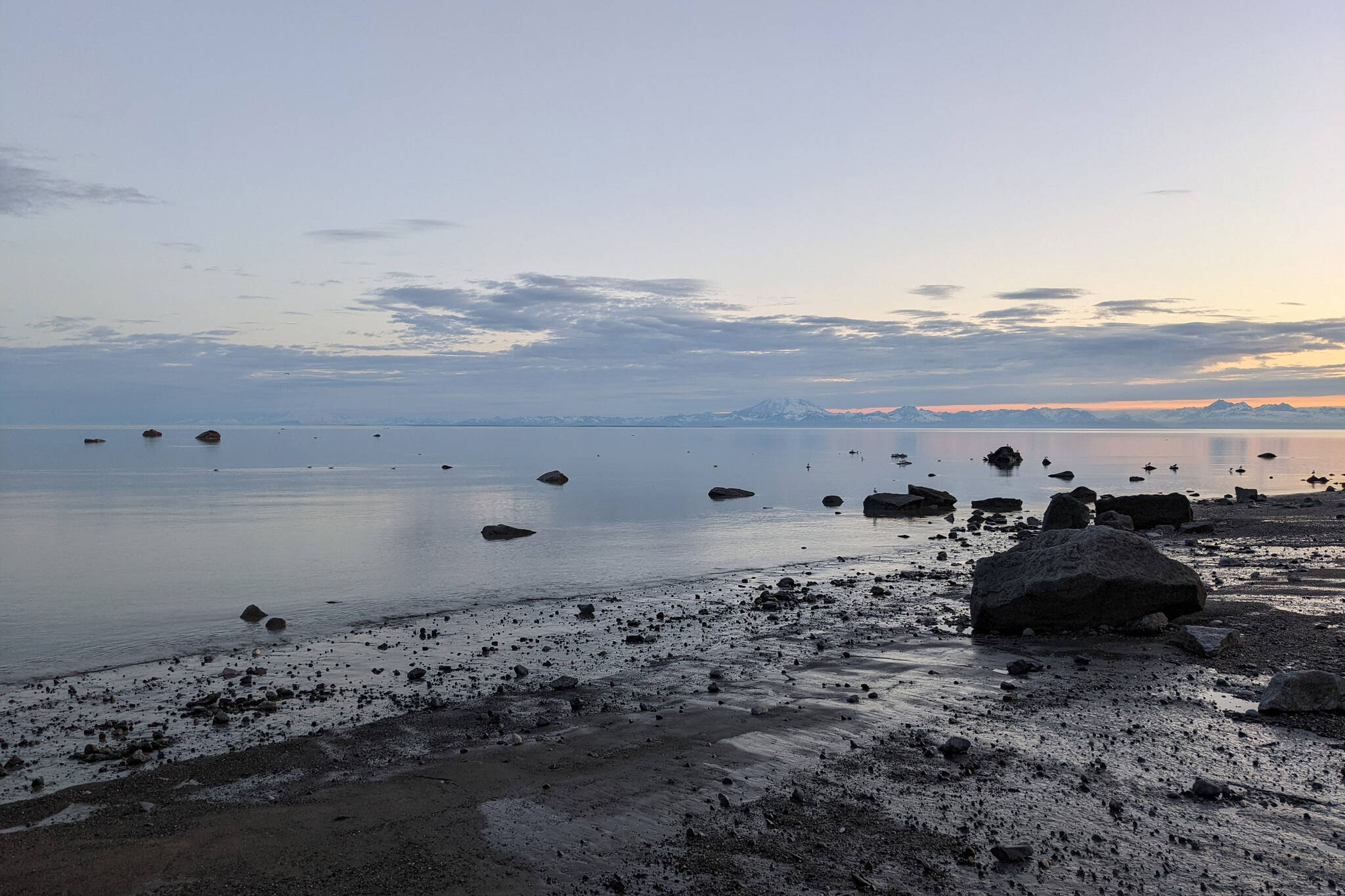The Cook Inlet is a significant gas basin in the state of Alaska. Cook Inlet gas supplies 80-90% of the Railbelt’s heat and energy, and will fall short of demand as of 2027. In 2022, Cook Inlet producer Hilcorp said it won’t confirm future contracts with utilities, according to Alaska Public Media. In light of the inevitable gas shortage, importing natural gas has become a potential solution. While offering quick relief, it’s not an economical long-term solution. Gas prices will increase from $8 per thousand cubic feet (mcf) to at least $12 mcf, an increase of about 50%, according to the Alaska Energy Transparency Project. The Alaska Natural Gas Pipeline is the only project that will aid this crisis.
While importing LNG is necessary in the short term, the Kenai Peninsula is in dire need of a stable long-term solution. The pipeline will guarantee readily available natural gas for Alaskans as it carries natural gas from the North Slope to Nikiski, according to a September 2024 report by Wood Mackenzie. Additionally, the Kenai Peninsula, in particular Nikiski, will have a boom period where jobs and the population will skyrocket bringing forth a rise in the economy.
Warren Christian with Alaska Beacon states four major milestones that make this project realistic. He states that all major permits are acquired and completing permits “substantially derisk Alaska LNG.” Second, he acknowledges the Cook Inlet gas crisis, and the need for a viable option to replace it. He states while we “Alaska LNG is the ONLY option that meets three vital energy criteria: quantity, affordability, and reliability.” Furthermore, the project has proven to be economical and beneficial for private investors as seen in Wood Mackenzie’s findings, with their study proving that Alaska LNG will be cheaper than competing Gulf Coast projects. Lastly, Christian makes it clear that federal support has made a strong presence in Alaska LNG between the $30 billion loan approved by the Biden Administration and the staunch support of the Trump Administration.
Alaskans cannot rely on Cook Inlet any longer. A finished LNG pipeline is needed to rescue those residing in the railbelt system from the coming gas crisis and for the betterment of Alaska’s resource availability and economy. Alaskans cannot pass this opportunity up; something has to be done and importing natural gas is not the answer. Alaskans must rally together and do all we can to bring this pipeline to fruition.
Coy Babcock is a student attending Kenai Peninsula College’s industrial process instrumentation program in Soldotna.

